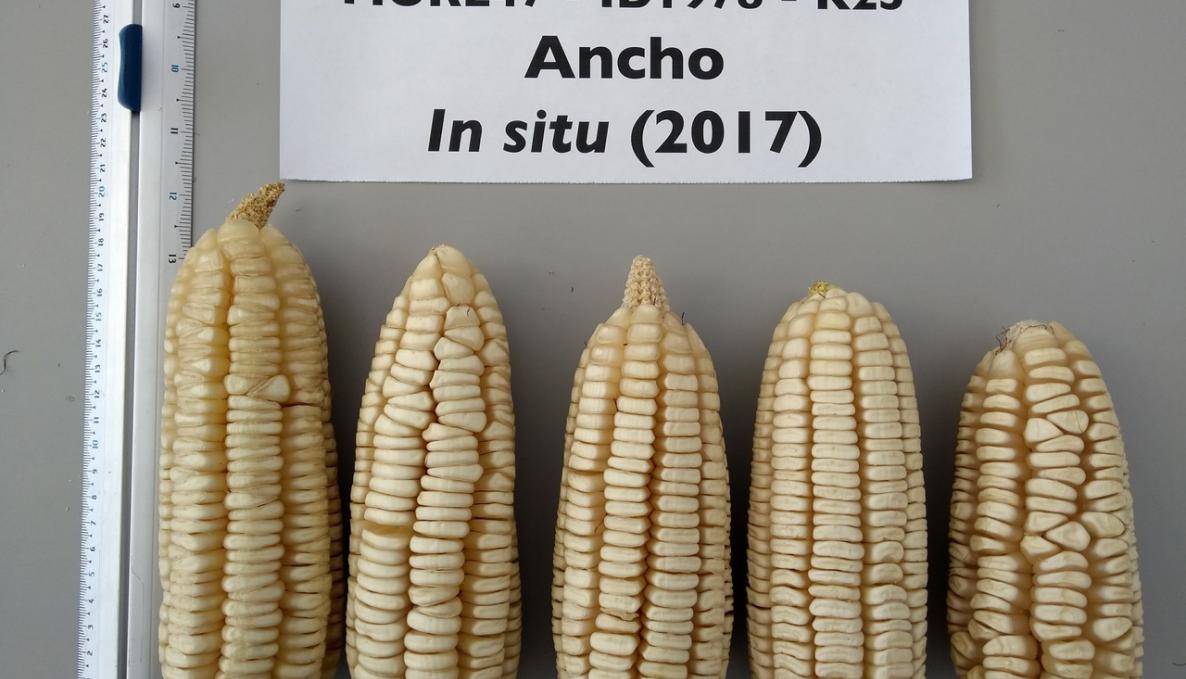Traditional farmers in Mexico protect agrobiodiversity: maize seed lots conserved across generations maintain their genetic characteristics after 50 years. The results of a study conducted by researchers at the Institute of Life Sciences, Sant’Anna School

Geneticists at the Institute of Life Sciences of the Sant’Anna School in Pisa, Italy, carried out their research on the genomic diversity of plant genetic resources in combination with local farmer knowledge in smallholder cropping systems as a key to understand agrobiodiversity and foster food security and resilience in agriculture. In a study published on the Journal “Heredity”, researchers at Sant’Anna School have used genomic techniques to demonstrate that traditional farmers in Mexico can preserve the uniqueness of local maize landraces over decades.
This study is based on a rare approach for pairwise comparison of maize seed lots using genomic sequencing, focusing on landrace called Ancho that is widely cultivated in the state of Morelos, not far from Mexico City, to produce pozole, a traditional preparation. The research started with Ancho seeds collected 50 years ago from smallholder farmers and since conserved under cold storage conditions at the International Maize and Wheat Improvement Center (CIMMYT) Germplasm Bank in Texcoco, Mexico.
Fifty years later, the researchers traced back to the same households that once donated seeds to CIMMYT and asked their permission to study the maize landraces that they are currently cultivating in their fields. Using a DNA sequencing approach, they compared the same seed lots sampled 50 years apart and found that farmers conserved a remarkable share of genetic diversity in their fields. Despite the close proximity with Mexico City, and the socioeconomic changes that occurred in the region over the last decades, farmers that still cultivate Ancho were able to maintain its genetic makeup while incorporating adaptation traits that make this landrace suitable for current cultivation.
“Seeds maintained by farmers in situ is very similar to that sampled 50 years ago, yet shows some signals of ongoing differentiation that likely derive from farmers’ directional selection for traits of interest, including grain size and width” says Matteo dell’Acqua, crop geneticist at Sant’Anna School.
Denisse McLean-Rodríguez, the first author of the research who obtained her PhD in Agrobiodiversity at Scuola Superiore Sant’Anna and is now a researcher at Zamorano University in Honduras, supports the value of multidisciplinary approaches in crop genetics: “The interaction with traditional farming communities is key to understand how to best protect agrobiodiversity in a rapidly changing world. If we do not take actions to conserve traditional varieties in the wake of climate change and socioeconomic pressures, we might loose a rich heritage that can support sustainability and adaptation in cropping systems in the future”.
“Combining crop genomics with traditional knowledge of smallholder farmers is key to a sustainable agriculture” - continues Matteo Dell’Acqua – “Agriculture is also culture. Modern genomic approaches can be combined with smallholder farmers’ traditional knowledge, opening up new paths to crop improvement and agrobiodiversity conservation for a more sustainable agriculture.”



